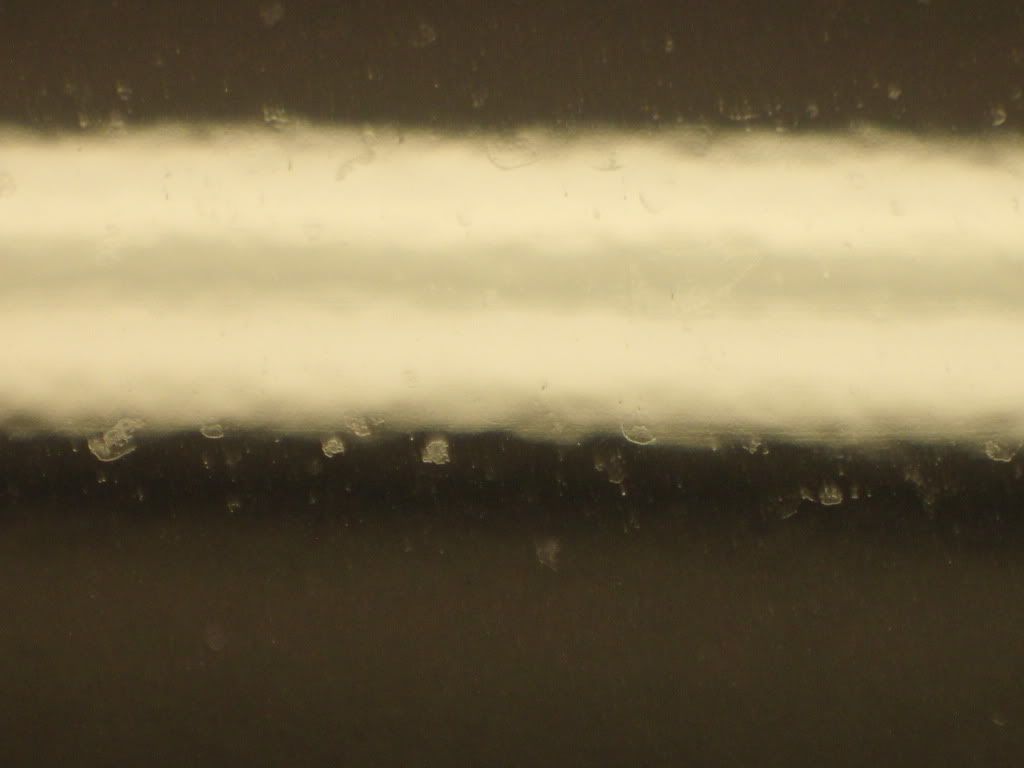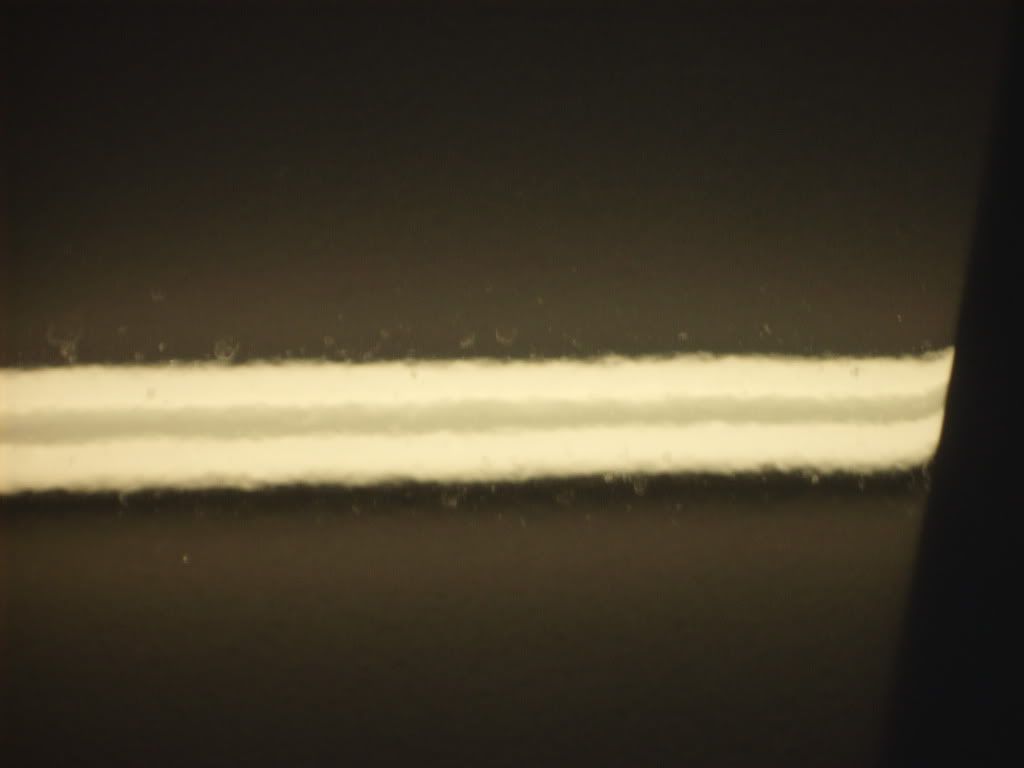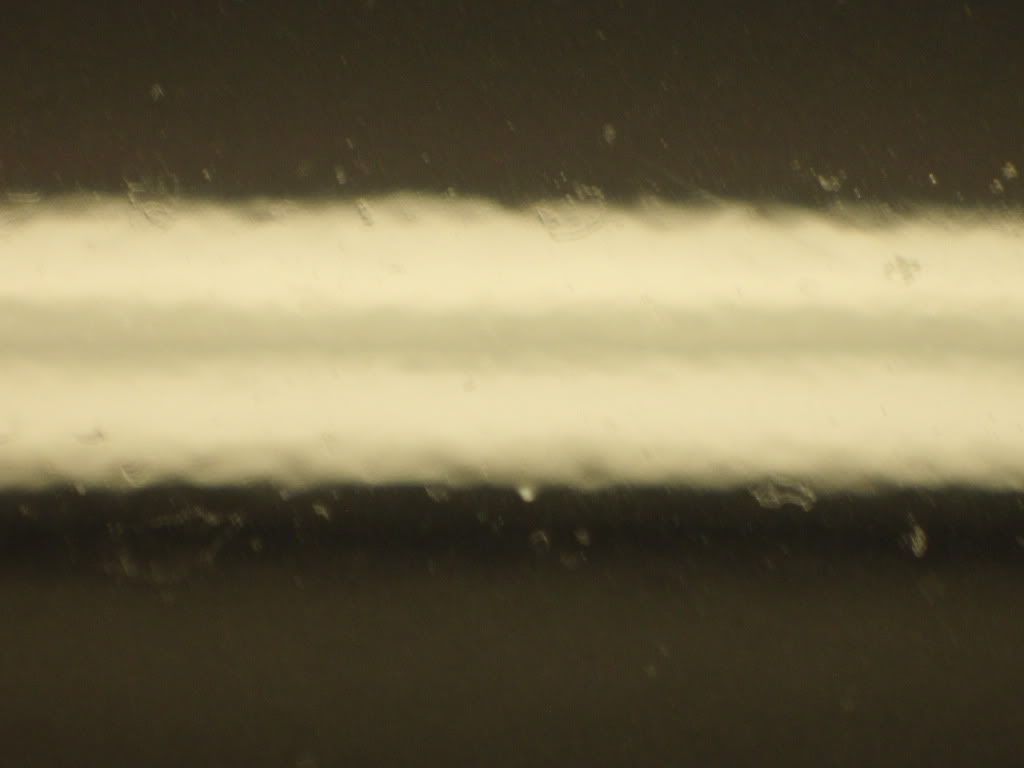I'm working on a 300m with stubborn water etchings. I first used swirlx with a meguiars polishing pad which removed the swirls beautifully, but the water etchings remained. I've clay and even tried the most agressive thing I have, a meguiars cutting pad with Ultimate Compound and still no progress. Any suggestions?
- If this is your first visit, be sure to check out the FAQ by clicking the link above. You may have to register before you can post: click the register link above to proceed. To start viewing messages, select the forum that you want to visit from the selection below.
Announcement
Collapse
No announcement yet.
Water Etching on Paint Help
Collapse
X
-
Re: Water Etching on Paint Help
I've been at it for 2 hours and still no luck. I've tried various combos of meguiars polishing and cutting pads and swirlx and ultimate compound.
The paint on this car is very hard as just to take out the swirls requires a cutting pad with ultimate compound. I even went as far as to use a cutting pad with ultimate compound and the g110 v2 set to 6 with enough pressure to almost bog down the machine and still nothing.




Comment
-
-
Re: Water Etching on Paint Help
That was our first thought upon viewing the images. When you can see the depth of the edges in a picture, which is fairly hard to capture in the first place, you know you've got a serious issue.Originally posted by Murr1525 View PostThose look extremely deep.
Water spots are tricky beasts - they range from incredibly simple little deposits on the surface that can easily be removed with some Quik Detailer and a microfiber towel all the way up to what you've got here. Deep etching that even wet sanding may not fully remove. At issue here is just how deep these etchings are. Sanding to remove them may remove so much clear coat as to be unsafe for the long term. Plus, even if you did sand to remove them you now need to remove the sanding marks and that usually means use of a rotary buffer with a wool pad and a strong compound.
On factory paint this whole process really isn't recommended due to the minimal amount of paint present. Even in extremely skilled hands you probably wouldn't remove this 100% while keeping the clear completely healthy.
Having said that, we would certainly give it one last go with a rotary and a wool pad just to see if that made any headway. But if you have no experience with a rotary, we don't recommend you try this on your own. The rotary is a vastly different tool than the D/A and you can quickly get into trouble with it if you don't know what you're doing.Michael Stoops
Senior Global Product & Training Specialist | Meguiar's Inc.
Remember, this hobby is supposed to be your therapy, not the reason you need therapy.
Comment
-
Re: Water Etching on Paint Help
Thanks for the detailed reply. I'm happy for now with just removing all the swirls and even many of the more severe scratches I had. This is the first time I used a DA and it surprised me with how much more power it gives you compared to an orbital (aka wax spreader).Originally posted by Michael Stoops View PostThat was our first thought upon viewing the images. When you can see the depth of the edges in a picture, which is fairly hard to capture in the first place, you know you've got a serious issue.
Water spots are tricky beasts - they range from incredibly simple little deposits on the surface that can easily be removed with some Quik Detailer and a microfiber towel all the way up to what you've got here. Deep etching that even wet sanding may not fully remove. At issue here is just how deep these etchings are. Sanding to remove them may remove so much clear coat as to be unsafe for the long term. Plus, even if you did sand to remove them you now need to remove the sanding marks and that usually means use of a rotary buffer with a wool pad and a strong compound.
On factory paint this whole process really isn't recommended due to the minimal amount of paint present. Even in extremely skilled hands you probably wouldn't remove this 100% while keeping the clear completely healthy.
Having said that, we would certainly give it one last go with a rotary and a wool pad just to see if that made any headway. But if you have no experience with a rotary, we don't recommend you try this on your own. The rotary is a vastly different tool than the D/A and you can quickly get into trouble with it if you don't know what you're doing.
Sometime in the future I'll pick up a rotary and a hood from the junkyard to practice on and give the 300m another shot.
Comment


Comment